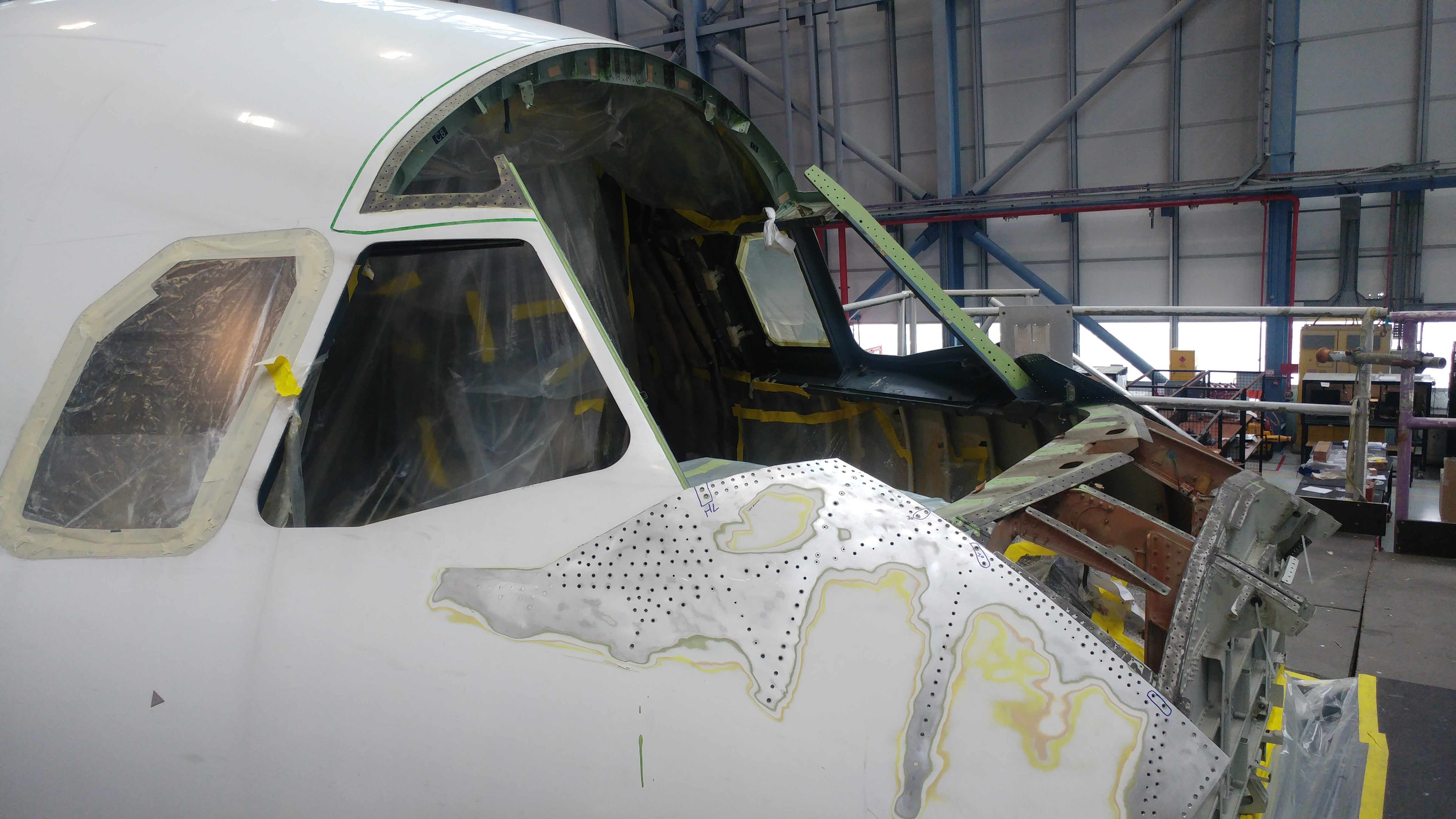The aircraft lease document is going to be complex and comprehensive in its content; it is aimed at always protecting asset value and the lessor.
When we read the lease document it is very important to not only understand the return conditions relating to a topic or condition; we need to understand first the definitions as this can change a simple term such as “Acceptable Repairs” into a conditional statement which we must evaluate and always consider.
We can consider an example here of how a term such as “Acceptable Repairs” might be defined in the below example –note how there are conditional statements about being flush, their inspection requirements, and documentation. You can see how a simple term now carries means we must apply against all “repairs” that we carry out before we even consider the repair conditions for return.
“Acceptable Repairs” shall mean fully documented structural repairs as set out in the Structural Repair Manual (“SRM”) or any other repair procedure prescribed by the Manufacturer or a DOA, for such repairs in writing or approved by the Aviation Authority and the Compliance Authority and comply with the following requirements:
(a) repairs shall be flush if feasible and applicable;
(b) repairs must be permanent and according to standard industry practice;
(c) repairs shall not require inspection other than damage tolerance inspection, and the threshold and interval for such damage tolerance inspection shall not be less than the interval required by the Manufacturer or a DOA, and (d) repairs must be fully documented and transferable to the next operator or purchaser of the Aircraft.
”The term “acceptable repair” now carries a definition, we can then consider the different requirements for aircraft lease return and see how we have to satisfy these also.
It is here there may be and most likely will be further conditions applied to the condition and accepted options of what you can do to the aircraft. This is aimed at asset protection remember and the primary function here is not airworthiness; that is a function of the CAMO or equivalent function.
Here we can see some conditions for repairs that we would carry out as an example of some conditions that can impact the options, we have for repairing the aircraft.
“The correction of any defects in accordance with the recommendations of the Manufacturer. All repairs to the Airframe shall be Acceptable Repairs. No DER Repairs shall be incorporated in the Airframe, Engines or Parts other than DER Repairs incorporated in the passenger cabin of the Airframe or Parts in the passenger cabin. Repairs to Engines shall be accomplished in accordance with the Engine Manufacturer’s published manuals. Any deviations to the requirements of the Engine Manufacturer’s published manuals recommended by the Engine Manufacturer which are specific to an Engine (as opposed to all engines of the same type as the Engine) shall require the written approval of Lessor before use with respect to the Engine. Repairs to Parts shall be accomplished in accordance with the Part Manufacturer’s published manuals;
The small few paragraphs on the repair conditions have a large impact on the options as for example, we can see that we can not use DER repair options on the majority of the aircraft.
You can see how the lease is a key document in any transition and it is not only the conditions of a lease return that is important, but also the definitions in the lease.
Follow us on LinkedIn and for more and why not consider one of our courses such as the Aircraft Technical Records
